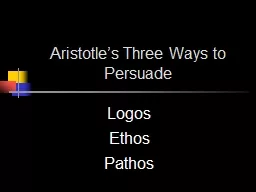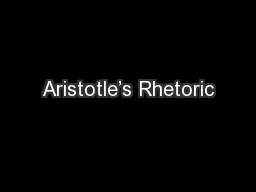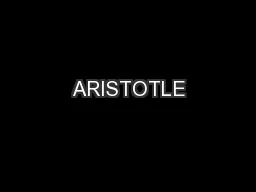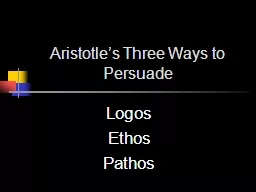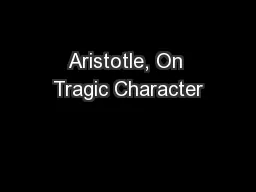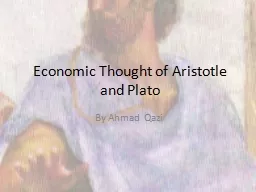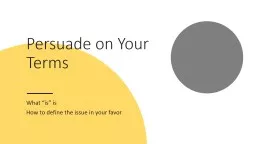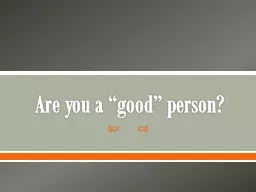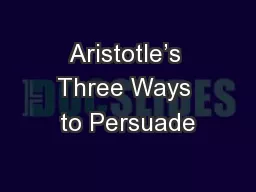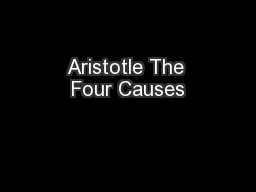PPT-Aristotle’s Three Ways to Persuade
Author : giovanna-bartolotta | Published Date : 2015-11-16
Logos Ethos Pathos What is logos ethos and pathos Logos Logic Ethos Ethics Image Pathos Emotions Passion Logos Ethos Pathos Using logos ethos and pathos will
Presentation Embed Code
Download Presentation
Download Presentation The PPT/PDF document "Aristotle’s Three Ways to Persuade" is the property of its rightful owner. Permission is granted to download and print the materials on this website for personal, non-commercial use only, and to display it on your personal computer provided you do not modify the materials and that you retain all copyright notices contained in the materials. By downloading content from our website, you accept the terms of this agreement.
Aristotle’s Three Ways to Persuade: Transcript
Download Rules Of Document
"Aristotle’s Three Ways to Persuade"The content belongs to its owner. You may download and print it for personal use, without modification, and keep all copyright notices. By downloading, you agree to these terms.
Related Documents

